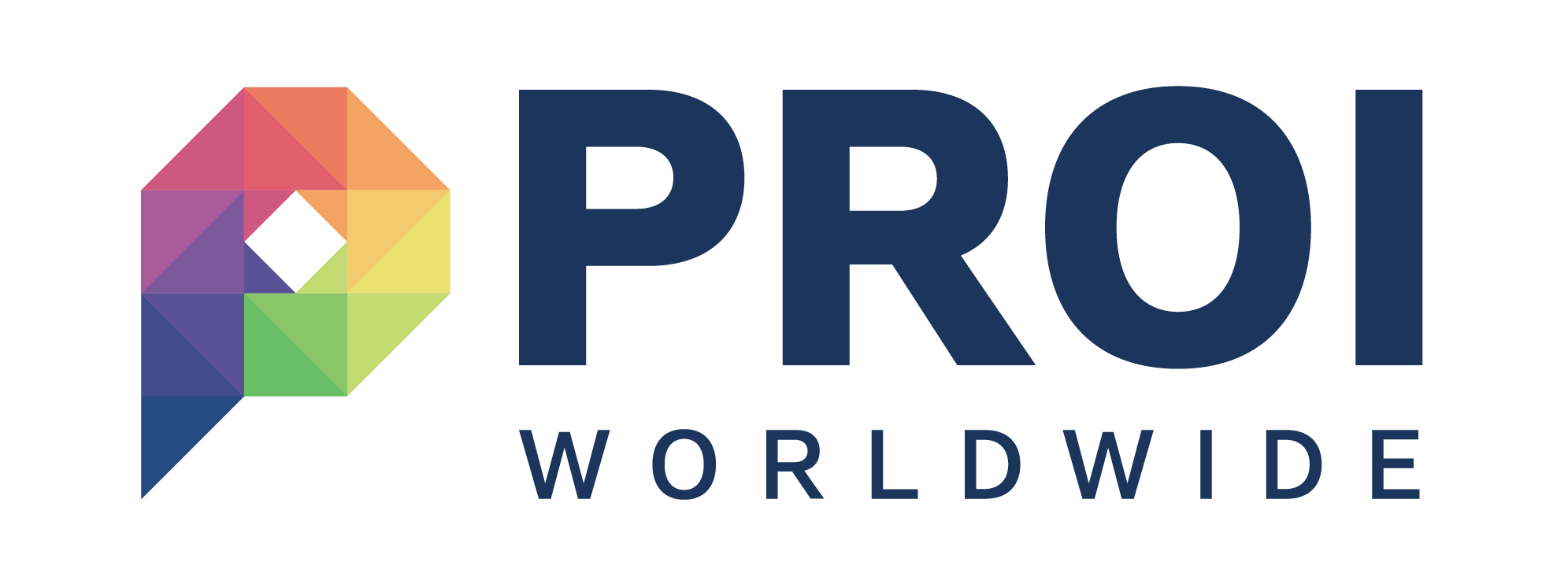Article: Business planning in uncertain times: forget technology
Author: KISSDate: KISS
Futurists only help businesses in one real way, but it’s important: they make us think about big shifts we need to consider. At a recent session to launch their book, futurists Professor Terence Tse and Professor Mark Esposito told us the future is too complicated for any existing model, as there are just too many variables… and reminded us again that in serving customers don’t focus on the technology, focus on applying it seamlessly to meet the customer’s real needs.
A key theme was that as the future gets ever harder to predict, the core skills are in spotting which are the most relevant shifts and keeping a conversation going internally on how to react.
All good consultants need an acronym and these consultants-turned-academics are no different: but their DRIVE theme was notable for the fact that technology per se was missing. When asked about this Professor Tse put it: ‘’Technologies by themselves are pretty ineffective [at changing markets]. It’s how businesses apply them’’.
Understanding How the Future Unfolds: Using DRIVE to Harness the Power of Today's Megatrends
What is DRIVE?
Demographic/ social shifts: ageing, urbanization
Resource scarcity: principally food and water
Inequalities will grow between groups in society: income, access to technology
Volatility and scale complexity
Enterprising Dynamics
The machines will get cleverer
The nearest to a ‘technology trend’ at the launch was talk about AI and the rise of smart machines. It was interesting to note that while ‘’the first plane landed itself on autopilot fifty years ago’’ according to Prof Tse, most of us still don’t have driverless cars. There are a bunch of reasons for this but one may be the huge processing and sensing power the machines need for the complex environments they find themselves in.
Their view was that ‘virtual bots’ and algorithms have made huge progress recently, but three-dimensional independently operating cars or robots have mostly underwhelmed. However that may change as the explosion of cloud computing combined with ever-better, smaller and cheaper sensors may finally mean a step-change as both smart cars and freestanding robots become both cleverer and have more sensors, making them better at physical tasks from reading to driving to hoovering, without breaking the bank.
The machines are talking, and so should we
As I mentioned recently the focus should be not on better tech but on making my life easier. Another key shift is, as Prof Tse put it, ‘’The internet used to be about communication between people, now it’s about communication between machines’’. As our cars, phones and washing machines automate many simpler tasks, the art may be to figure out when and how your product interrupts your customer to update them or ask for a decision, and when to simply set the technology to decide for itself and get on with it. And that comes back to knowing your customers’ habits and having regular dialogue with them outside the pure buying conversations.
The power of an outsider
Prof Esposito reinforced the KISS approach of Define, Focus and Position because in their work with multinationals and governments, strategy discussions have to start with ‘’what type of present do we have? And what type of future would we like to have?’’ then using their DRIVE model to help pick the most relevant external shifts and factors which might impact the business.
In my view the bottom line is this:
- As these experts reminded us from their work with governments: as leaders trying to plan for the future, do your best to step back from the day-to-day. Using an outside company will help with this as outside ideas, perspectives and processes should foster some ’30,000 foot’ thinking
- Customer first, technology second: even in complex technical spaces, great technology will get you in the door but what end-customers buy is a seamless experience. And when planning for your business, as we put it: your buyers don’t buy technology, they buy ‘pain removers’ and ‘ways to get a job done’. Knowing what those pains and jobs are, knowing when they shift and knowing how your product solves them is ever more critical, and gives your business something to hang onto as we plan in uncertain times.
Click here to view the online publication
